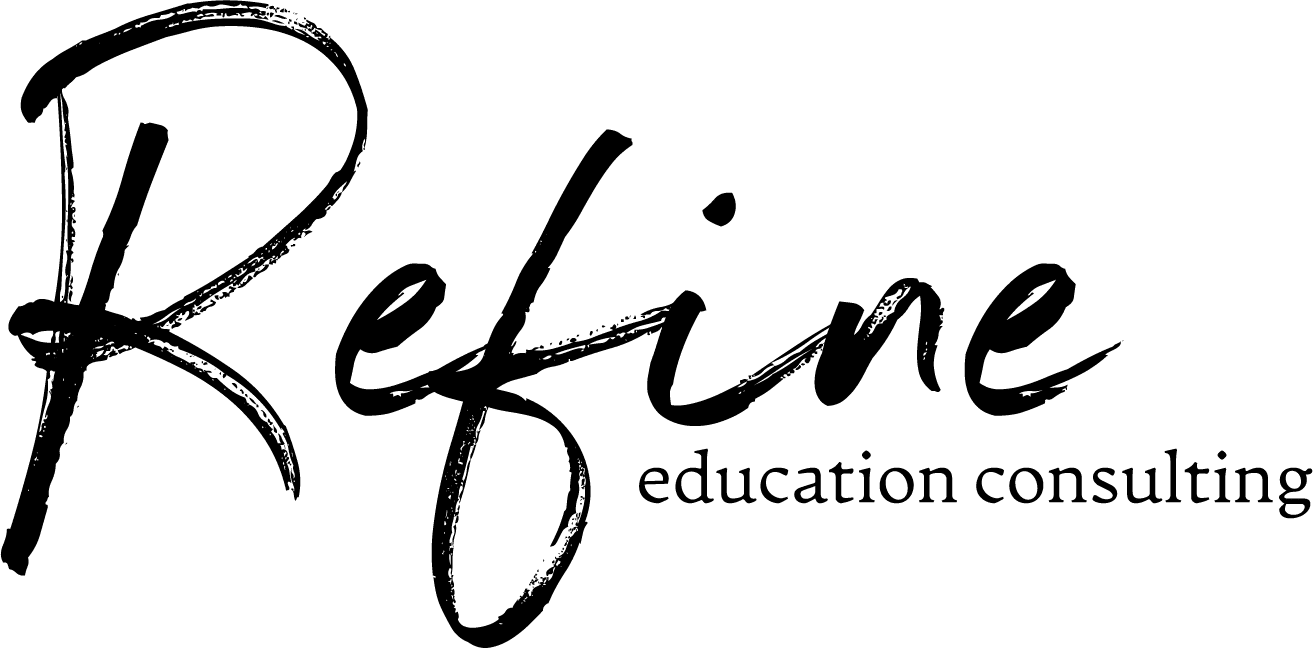We are constantly asked the age old question..
How should we teach letters?
How do we introduce letters?
Which order should we teach letters in?
Although there are many answers to these questions, which all support different research and continuums of letter learning, the introduction of letters should be thought of as an opportunity to help children develop the foundation of letters through a multifaceted approach.
Let’s start out with a bit of research…The human brain is not hardwired to read and learn letters. The human brain did not evolve to be able to read the way it did for spoken language. In order to read, the brain has to learn to repurpose brain functions that were developed over thousands of years for other, more basic needs. Dehaene (2009) describes it this way: “the brain’s existing neural networks are “recycled” for reading. Because of something called brain plasticity, during brain development a range of brain circuits can adapt for new uses. When we learn a new skill such as reading, we recycle some of our old brain circuits.”
As children learn letters, they are actually using the flexible, abstract part of their brain, which is repurposed and rewired to recognize a symbol, “A” as a letter. The funny thing is, we ARE hardwired to hear sound and speak. So phonological awareness, something that is overlooked in many classrooms, is actually something that can be capitalized on to support young learners in building connections.
Play
Imaginary play is a critical component to letter learning. A child’s ability to participate in pretend play indicates their brain can grasp symbolic representation, or that one object can represent another. This same symbolic understanding is part of how children learn language: Letters are symbols representing sounds, and words are symbols used to represent objects or concepts. While the link between pretend play and language development is complex, research indicates they are clearly related. A child’s ability to pretend play may develop alongside their letter and language skills, or one may influence the other. Either way, supporting pretend play is an effective and fun way to encourage children’s letter and language development.
One last thing…Learning letters should be FUN! Expose children to letter learning in a way that engages them and makes them feel confident.
Letter learning should NOT…
- Be drill and kill
- Be taught through a worksheet
- Be inconsistent and sporadic
Letter learning SHOULD…
- Be taught through “In the Hand” Experiences
- Be FUN and PLAYFUL
- Be built into routines, daily interactions, and the environment
So here it is! If I were going to walk into an early learning classroom tomorrow, this is how I would structure letter learning.
Weeks 1-8 : Using Children’s Names
- Talk about the first letter being upper case and the rest lower case
- Bring children’s attention to names that start with the same letter
- Bring children’s attention to names that have similar letters
- Count, graph and compare the number of letters in a name
- Practice recognizing own name in a list or group
- Other comparisons you think might be fun!

Weeks 9-19 (holiday break): Introduce letters in order or in curriculum selected order
- Go through the letters in the alphabet in order. Focus on the name, uppercase and lowercase
- Look for similarities and differences
- Build in opportunities to play with sounds in absence of the letters (this is a whole different blog 🙂)
- Bring in programs such as zoophonics to build in play and fun

Weeks 20-24 (January): Letter Shapes
- Focus on letter Shapes*
- For example: tall, short, round, curvy, above the line, below it
*This is a connection to brain development, as the brain has an Orthographic Processor which sees print and writes. This is where the brain repurposes itself to learn letters. The Orthographic Processor organizes letters by shape – the shape combinations of letters that we use to recognize written language. As the Orthographic Processor stores print information for retrieval, it supports children in efficiently recognizing and recalling letters. For example, if a child sees this symbol – I – it could be any of the following: H, B, T, L, K, etc. However, the OP also knows that it is NOT O, S, Q, etc.

Week 24 – EOY: Focus on Sounds
- Cycle through the letters a final time focusing on sounds
- Make charts for words that start with the letter
- Using the sound tubs from Lakeshore or other pictures and “in the hand” objects to focus on activities in absence of print
- Use sound sorting games such as What’s in the Box and Hula Hoops with a basket of objects
- Have children practice manipulating sounds to begin the connection between initial, medial, and final sounds in words

Teaching letters is a VERY fun process when we take the time to understand the role developmentally appropriate practice plays in the process. Remember, the children are the curriculum. Spend time understanding where your children are in their letter learning journey, and make sure it’s not arduous and boring. Letter learning can be a long process for children, and it is our role, as early educators, to make it purposeful, FUN, and IN the HAND!
Credits: Primary delight, Play to Learn Preschool, Prek pages, Imagination Tree, Early Learning Ideas

